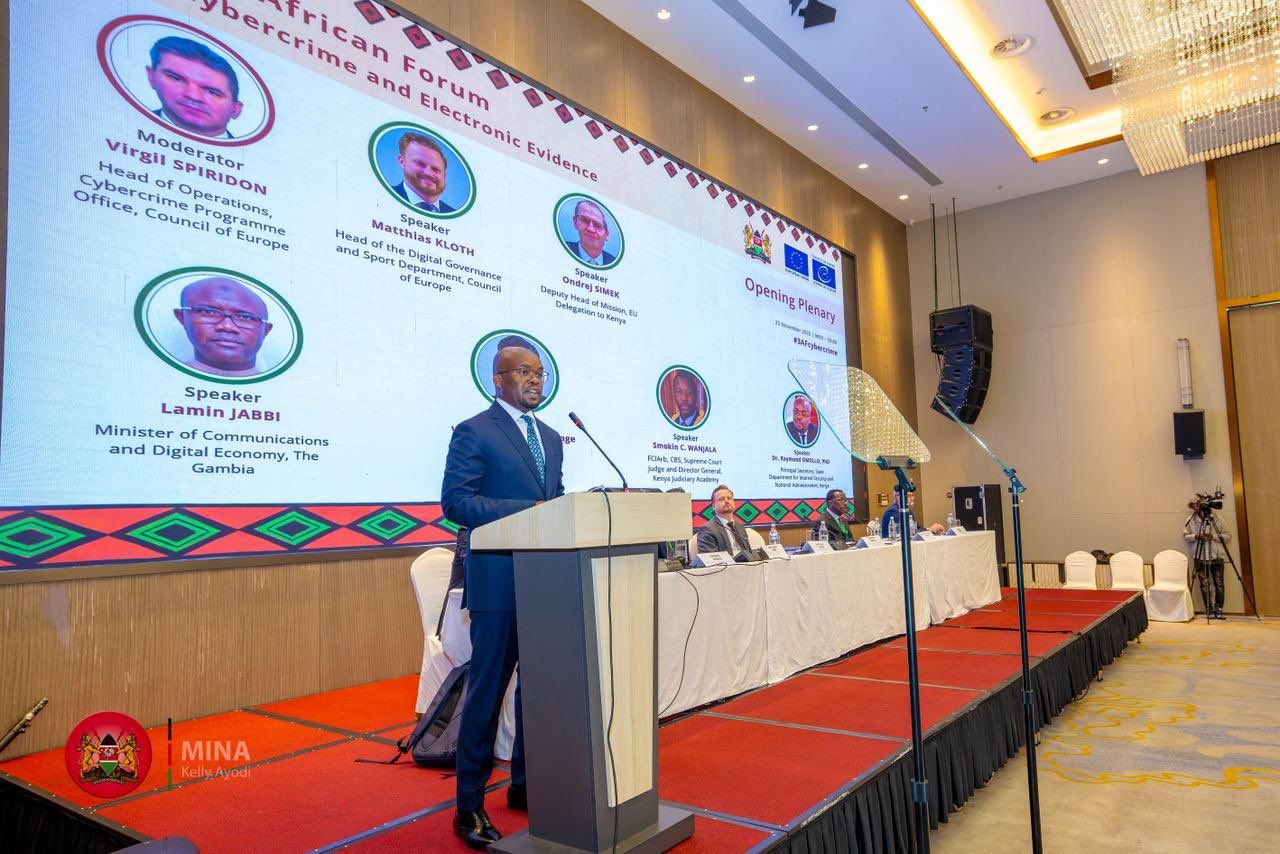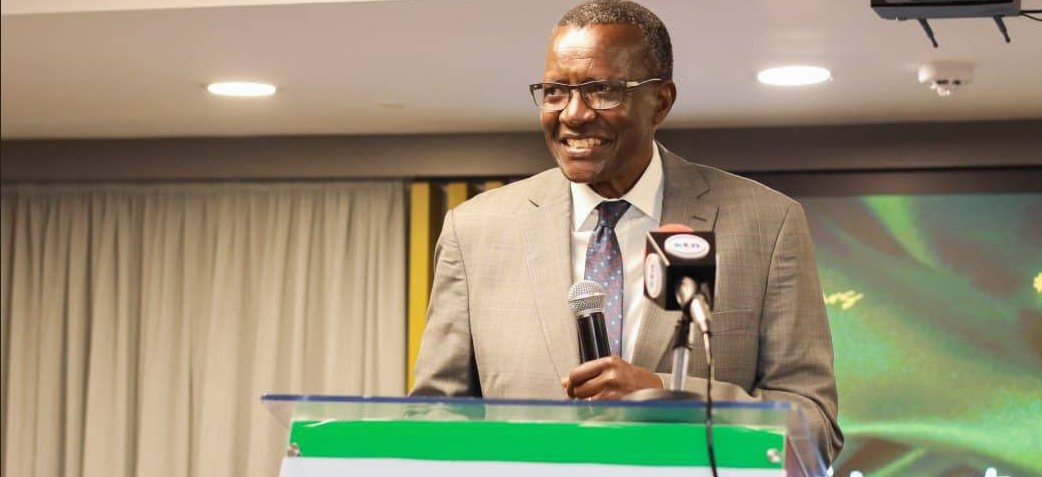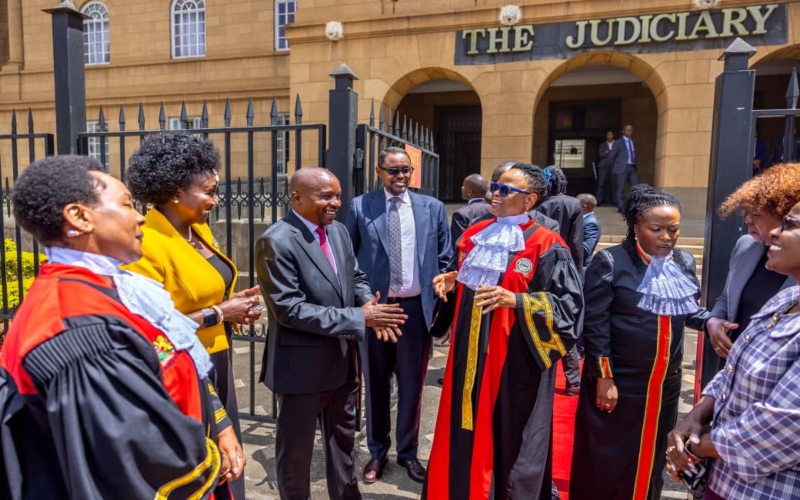Audit flags leadership vacuum at Garissa University since 2022

According to the Auditor General, this situation goes against the University Act, 2012, which requires every university to have a chancellor to provide leadership and oversight.
Garissa University is facing serious scrutiny after an audit revealed it has been without permanent top leadership for several years.
The report points out that the university has operated without a substantive chancellor since February 2022, while the vice chancellor has only been serving in an acting capacity, raising concerns about governance and the legality of its operations.
More To Read
- Auditor General calls for penalties on officers who ignore audit recommendations
- Auditor General Nancy Gathungu warns of pension losses as government delays remittances
- Revenue gaps, budget misalignments hurting service delivery, warns Auditor General
- Governance Committee orders mandatory audit attendance for university heads
- Outgoing NCIC faces scrutiny over last-minute recruitment of 22 staff
- Bomet, Homa Bay, Kirinyaga among counties with highest hiring imbalances - report
Auditor General Nancy Gathungu noted in the report covering up to June 30, “in the circumstances, the legality of the operations of the university could not be confirmed.”
The audit further shows that while the University Senate had shortlisted seven candidates for the chancellor role in November last year, the position remained vacant by the time the review was finalised in August.
The council chairperson had submitted the names to the Public Service Commission for vetting and appointment, but no action has been taken so far.
According to the Auditor General, this situation goes against the University Act, 2012, which requires every university to have a chancellor to provide leadership and oversight.
Prof Ahmed Warfa has continued in his role as acting vice chancellor and secretary to the council.
The prolonged absence of permanent top officials, the report warns, threatens effective accountability and proper management at the university.
The audit also raised financial concerns, issuing a qualified opinion on the university’s accounts due to Sh135 million in unpaid student fees.
Beyond leadership, several other governance issues were flagged, including irregular staff composition and breaches in wage regulations.
The review found that 58 per cent of the university’s 219 employees belong to the dominant ethnic community, exceeding limits set by the National Cohesion and Integration Act. Breakdown by management level shows 33 per cent in senior roles, 72 per cent in middle management, and 63 per cent in lower-grade positions.
On the financial side, the university spent 51 per cent of its revenue on salaries, well above the 35 per cent ceiling set by Regulation 26 of the Public Finance Management (National Government) Regulations, 2015.
The findings highlight a mix of governance and financial challenges that, according to auditors, put the institution at risk.
Top Stories Today












































